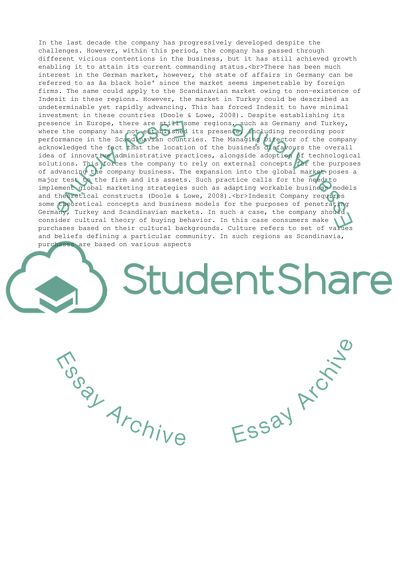Cite this document
(“Strategic management Assignment Example | Topics and Well Written Essays - 3000 words - 1”, n.d.)
Strategic management Assignment Example | Topics and Well Written Essays - 3000 words - 1. Retrieved from https://studentshare.org/management/1659323-strategic-management
Strategic management Assignment Example | Topics and Well Written Essays - 3000 words - 1. Retrieved from https://studentshare.org/management/1659323-strategic-management
(Strategic Management Assignment Example | Topics and Well Written Essays - 3000 Words - 1)
Strategic Management Assignment Example | Topics and Well Written Essays - 3000 Words - 1. https://studentshare.org/management/1659323-strategic-management.
Strategic Management Assignment Example | Topics and Well Written Essays - 3000 Words - 1. https://studentshare.org/management/1659323-strategic-management.
“Strategic Management Assignment Example | Topics and Well Written Essays - 3000 Words - 1”, n.d. https://studentshare.org/management/1659323-strategic-management.


